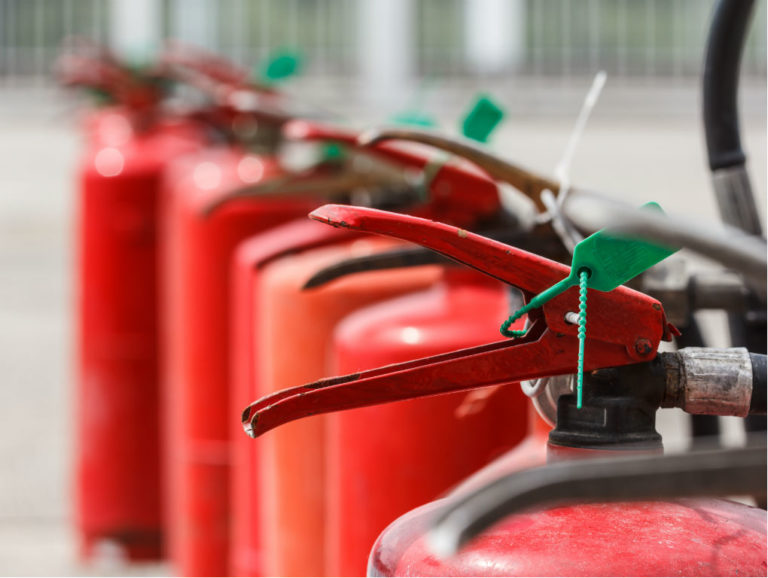Business owners in every industry face a wide and varied range of risks. You may be aware of the full range of risks facing your business and have put all the necessary precautions in place. Alternatively, you may only have taken a handful of the most obvious hazards into account, leaving the viability of your business under threat.
Here, the Chartered insurance brokers at Hine set out some of the steps you can take to determine your business risks and highlight the main types of insurance they can arrange on your behalf to safeguard your future.
If a customer, member of the public, employee or contractor suffered an injury, accident or loss due to your negligence, your business could face huge legal costs as well as damage to your reputation. In addition to being a legal requirement, carrying out a risk assessment is an effective way to identify and mitigate your business’ risks.
You can carry out a risk assessment yourself, and here are some simple and practical steps, based on advice from the Health & Safety Executive, to consider:
Identify hazards to determine how people could be harmed
- Look at what could reasonably be expected to cause harm in your workplace
- Involve your staff – they may notice things you don’t – but remember you are responsible for carrying out the assessment properly
- Contact your trade association for advice
- Check manufacturers’ instructions for chemicals and equipment
- Have a look back at your accident and ill-health records – they may help to identify the less obvious hazards
- Think about long-term hazards to health such as high levels of noise, as well as safety hazards
Decide who might be harmed and how
For each hazard, if you understand who might be harmed, you can then identify the best way to manage the risk. Consider:
- The needs of particular workers such as expectant mothers and people with disabilities
- Cleaners, visitors, contractors and maintenance workers who may not be in the workplace all the time
- Members of the public
- Those sharing your workplace or business premises – how your work affects them and vice versa
Evaluate the risks and decide on precautions
Once you’re aware of the hazards, you need to decide what to do about them. The law requires you to do everything ‘reasonably practicable’ to protect people from harm, and failure to take simple precautions can cost you a lot more if an accident does happen.
Look at what you’re already doing, the controls you have in place and how the work is organised. Compare this with good practice and see if there’s more you should be doing to bring yourself up to standard. You could:
- Try a less risky option
- Prevent access to the hazard eg by guarding
- Organise work to reduce exposure to the hazard eg put barriers between pedestrians and traffic
- Issue personal protective equipment including clothing, footwear and goggles
- Provide welfare facilities including first aid and washing facilities
Record your findings and implement them
If you have fewer than five employees you don’t have to write anything down, but doing so will encourage you to put the findings into practice. You need to be able to show that a proper check was made, you dealt with obvious significant hazards, the precautions are reasonable and the remaining risk is low, and you involved your staff in the process.
Don’t try to do everything at once – draw up an action plan to deal with the most important things first and stick to it.
Review and update your risk assessment
Things in your workplace will change over time, so review your risks regularly and ensure your risk assessment stays up to date.
How can Hine Chartered Insurance Brokers help?
If you’re unsure about the full range of risks facing your business – and the measures you can put in place to control them – Hine Chartered Insurance Brokers can arrange a review with one of their health and safety partners.
You can also obtain more information on health and safety and risk management from the Health and Safety Executive – www.hse.gov.uk.




